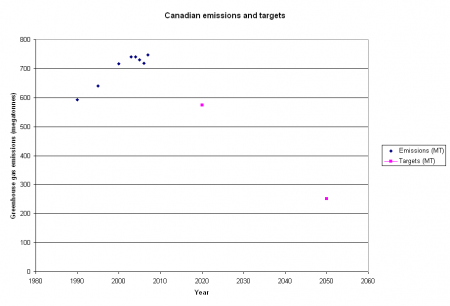Back during the 2008 election, many eyes were glued to fivethirtyeight.com: the statistics-oriented website of a baseball analyst turned electoral statistician. A couple of days ago, the man who runs the site posted an interesting diagram based on polling data about climate change (n=2,164). Basically, it shows that ever-decreasing numbers of people expect harm from climate change, the closer to them it would appear. For instance, more people expect it to harm plants and animals than people, and more people expect it to harm those in developing countries than those in the US.
All told, I think the trend is an accurate reflection of the most likely outcomes from climate change. It seems highly likely, for instance, that future generations will suffer more than this one. Nonetheless, the chart does a good job of demonstrating just how hard it is to get people to accept immediate sacrifices in order to protect long-term climate stability: they are not fully exposed to the risks, and they have ample opportunity to fob them off on others, so as to avoid making changes in how they live their own lives and how the political and economic systems in their states operate.
While I think the pyramid is basically correct when it comes to the relative magnitude of harm that will likely occur in each area, what it doesn’t convey is that the absolute level of harm would still be unacceptable, across the board, in the absence of strong climate policies. Continuing to emit greenhouse gasses at present levels until the end of the century will almost certainly cause massive harm to those living in the United States and other rich countries. It may not be as bad as the harm that would be visited on future generations and poorer countries, but it is more than serious enough to justify devoting a significant fraction of society’s resources to building a carbon neutral future.
There is some more discussion of the pyramid over at ZeroCarbonCanada.






